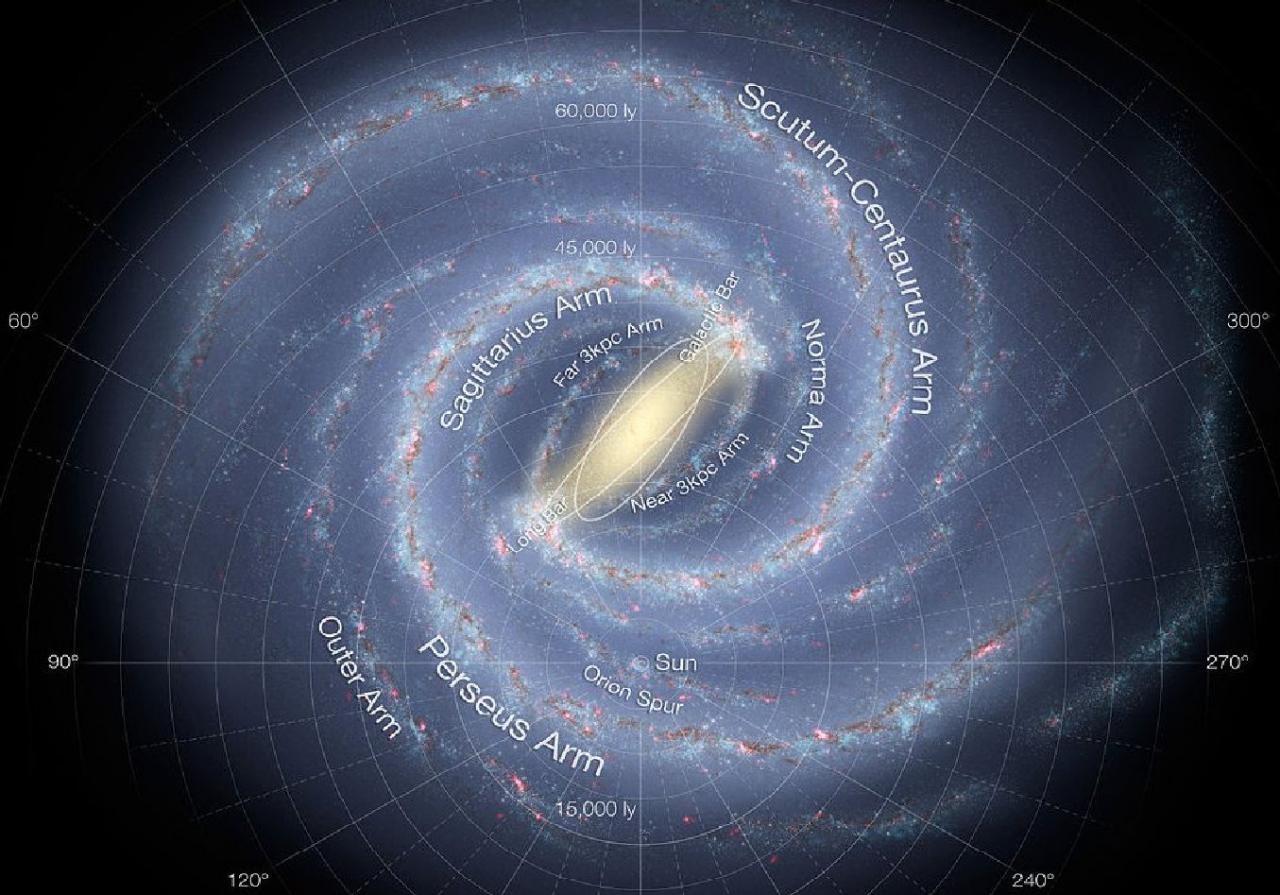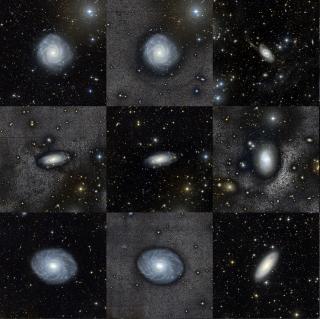General
El Proyecto se estructura en dos partes, diferenciadas pero complementarias: morfología y dinámica. El estudio detallado de la morfología de la Vía Láctea pretende proveer una base de datos de distribución estelar en las regiones más alejadas y extintas de nuestra Galaxia, mediante el desarrollo de modelos semiempíricos a partir de la información contenida en dichos catálogos. Por otra parte, los análisis cinemáticos y dinámicos pretenden hacernos entender el origen de esos rasgos que observamos.
Nuestro grupo ha utilizado la combinación de datos propios (que incluirán en el futuro observaciones espectroscópicas con GRANTECAN/EMIR) con los catálogos públicos fotométricos (DENIS, 2MASS, UKIDSS, VISTA en infrarrojo cercano o SDSS) o espectroscópicos (SDSS-APOGEE en infrarrojo cercano, LAMOST). Se cuenta con información detallada de la distribución estelar de las poblaciones dominantes en una amplia zona de cielo, abarcando diferentes componentes estructurales: bulbo triaxial, barra larga, disco, brazos espirales, etc. Las componentes de gas y polvo son también objeto de estudio en infrarrojo, o en microondas (estudios de contaminación Galáctica al fondo cósmico de microondas, por ejemplo con WMAP o PLANCK). El grupo de investigación se ha integrado también en el nodo español de Gaia con la idea de orientar parte de nuestro trabajo en el aprovechamiento científico de la misión y, en concreto, en la identificación y estudio de poblaciones estelares a gran escala en la Galaxia.
Miembros
Resultados
- Disco de la Vía Láctea mucho mayor de lo que se pensaba. Ver nota de prensa del IAC: http://www.iac.es/divulgacion.php?op1=16&id=1385



